Pokkt plans to expand to Japan & Australia soon: Rohit Sharma
Co-founded in 2012 by Rohit Sharma (Ex-CEO, Reliance Digital - Online & Mobile Games, VOD, E-Commerce), Vaibhav Odhekar (Founding Member, Zapak.com) and Manish Tewari (Founder & Ex-CEO of KOOVS.com), Pokkt is a leading mobile video advertising platform in India & South East Asia with a strong focus on rewarded video ads within mobile games.
Pokkt enables over 500 global and local game publishers and developers to monetize their apps through branded video ads by integrating their Software Development Kits (SDKs) and has a reach of over 100 million unique users in the region. They work with leading industry players across sectors such as Yamaha, Dabur, Patanjali, Airtel, Samsung, Pepsi, Ponds, Flipkart, and Lenovo, among others.
In conversation with Adgully, Rohit Sharma, CEO & Co-Founder, Pokkt, speaks about the gaming landscape in India, the growth drivers, the road ahead and more. Excerpts:
How do you see the gaming landscape today?
Today, gaming globally, which is the biggest app category in the world, is in-app purchase. Every single gaming app that is being made – from Candy Crush to Subway Surfers – can be installed for free, but you have to buy the coins inside and that’s in-app purchase. Now, globally only 2 per cent of active users do in-app purchase, whereas in India and South East Asia it is literally zero per cent, nobody does it. People are playing games, but don’t want to pay for it because we don’t have a culture of paying for digital goods. Moreover, the ecosystem and the infrastructure has not evolved in this regard. That’s how we decided that we needed to build a platform which helped gaming publishers monetise through app and we started building our tech. Today, we are the biggest players who help gaming publishers monetise through ads from brands.
Who are some of your biggest clients?
We are present in seven countries, with offices in India, Singapore, Indonesia, Thailand, Vietnam, Philippines and Malaysia. Today, mobile has made gaming mass. Before the advent of mobile, gaming was limited to consoles and PCs and was mostly targeted at the youth. However, today there are more than 200 million gamers in India across age groups and also a large number of women and kid gamers.
Today, we are working with clients like Unilever, Pepsi, Coca-Cola, automobile brands, etc., who see our platform as a means to target the user as per their requirements.
Are there any specific categories of clients who you think work better in your environment?
It doesn’t work like that. Gaming today segregated into four categories: there are the casual gamers, who are essentially females in the age group of 25-40 years. Then there are the low core gamers, comprising both males and females in the age group of 15-30 years, followed by the hardcore gamers, who are youth, primarily males, in the age group of 15-35 years. And then there are the kids gamers. There are enough content and apps that we can do, but to answer your question, there are two categories that do really well – youth and kids.
Please give us a sense of the ad ecosystem that works for India? Where do you see the maximum potential?
Without doubt, the maximum potential is in India. For us, the three big markets are India, Indonesia and Thailand.
What are the challenges that you have faced in the course of your journey so far?
When we launched, one of the biggest challenges that we faced was to convince advertisers and marketers that gaming was mass, because of the perception that people had about gaming – that women were not gaming, nor were males above the age of 35 years. It was believed that gaming was just for kids and the youth. We were successful in changing those perceptions.
Today, the challenge that we face is mobile video ad budget to really hit the infraction point. There are some brands like Pepsi and Unilever, who are very aggressive, but it is still taking time a lot of time for brands to come on board. However, I am hopeful that things will look up in the next 6-12 months.
What about your partnerships with the various players? How do they get monetised?
Today, we are the top monetisation partner globally that gets traffic from India and South East Asia. You could be a global player sitting in North America or a local player sitting in India – we are the best partner who can help them monetise in this part of the world, because we are able to get them higher yield. Typically, we share every single revenue dollar that we generate from an advertiser. There is a revenue share agreement that we have with the game publisher or the game developer. And the best part is that our Software Development Kits (SDKs) are integrated with most of the games, which pass on a lot of data about the game and everything is real time.
Could you give us a break-up of the gamers?
Almost 60 per cent of the gamers are males, while females constitute 40 per cent. The core group is 15-35 years across the four segments that they play. Kids is also a big genre.
What does the road ahead look like?
We are planning to diversify in two more markets – Japan and Australia. India continues to be the biggest potential and biggest growth market. We are one of the leading players in this space today. So our focus in the next 6-12 months is to get the product in the market; we have sorted out all our supplies, we cover more than 90 per cent of the gaming audience in India and South East Asia.
What, according to you, has been the major impact of demonetisation?
I think in the short term it is affecting us slightly. There is less cash in the market and hence, people are buying only those things that are absolute necessities. With sales getting hit, spends on certain campaigns have been impacted. But I don’t think it is going to affect much in the long run. It’s a short-term phenomenon.







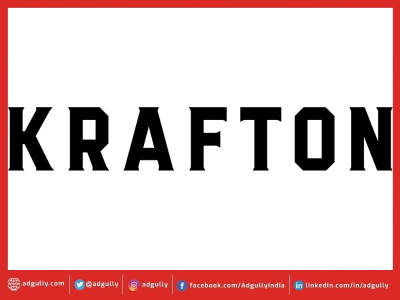
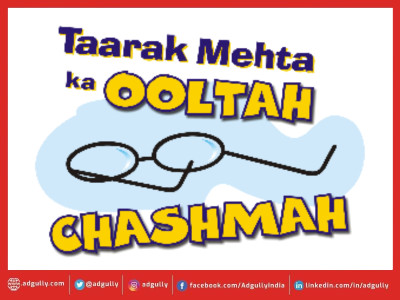
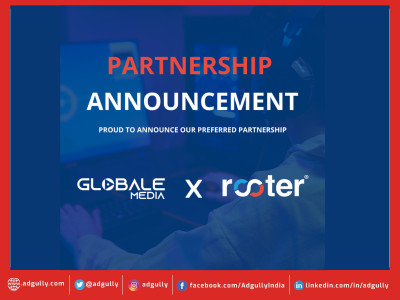

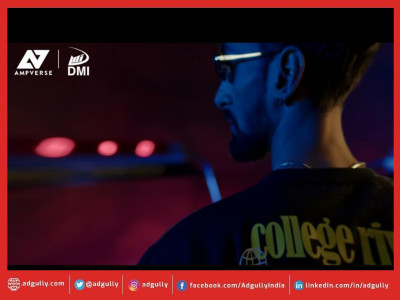



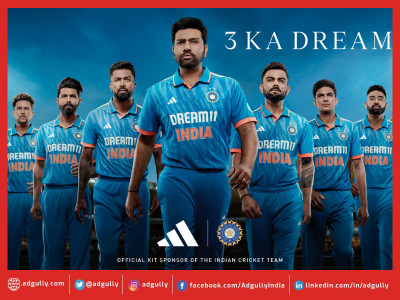


Share
Facebook
YouTube
Tweet
Twitter
LinkedIn